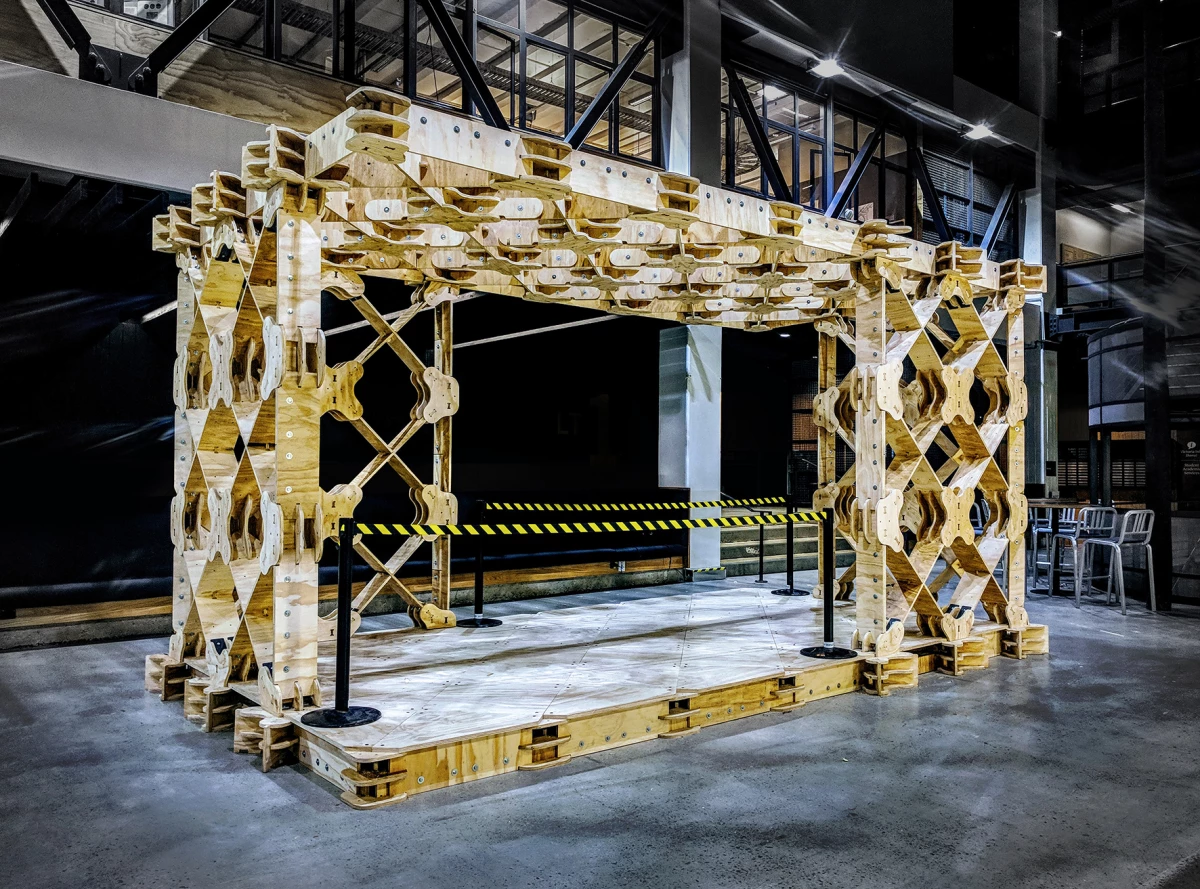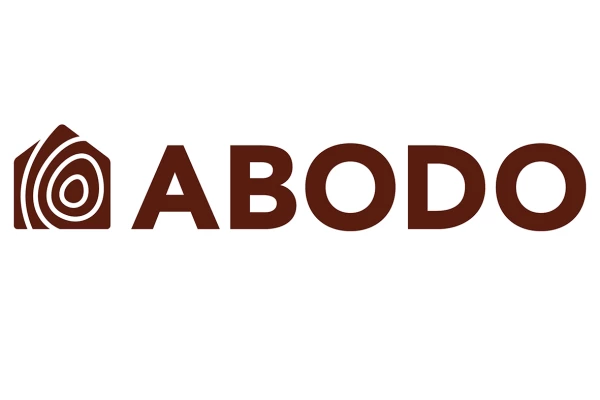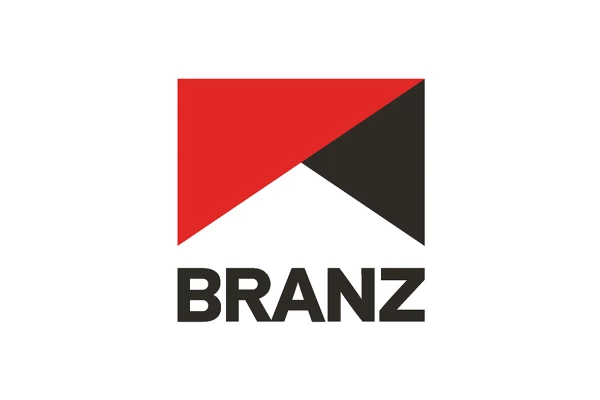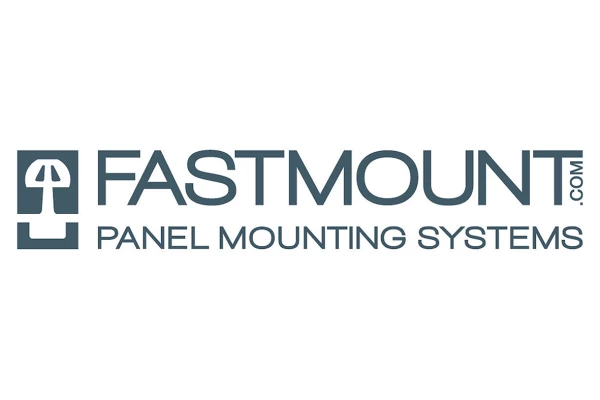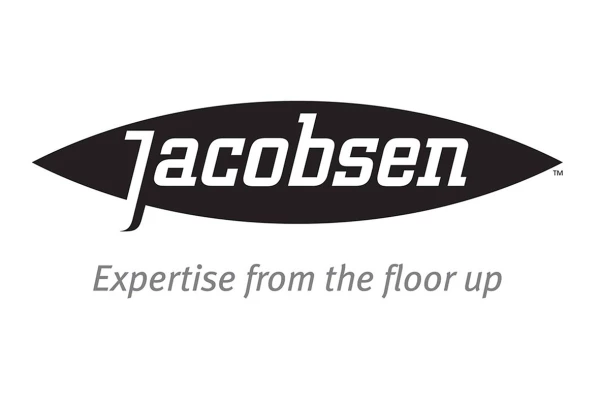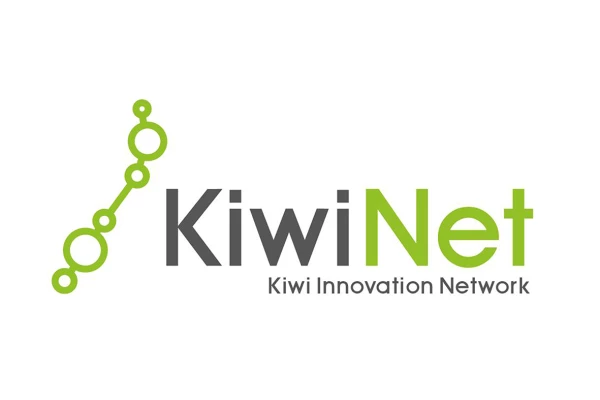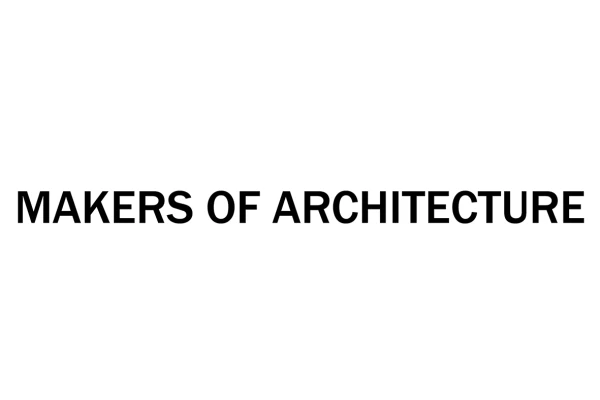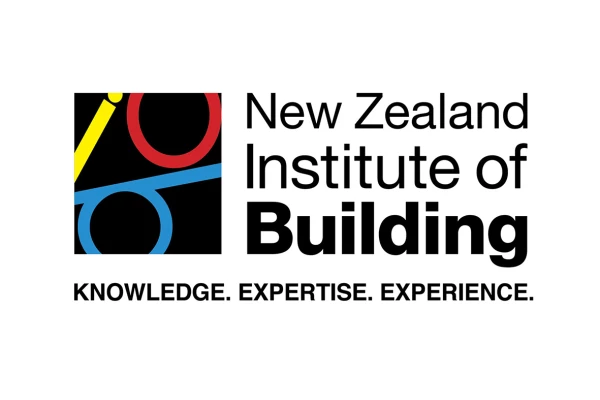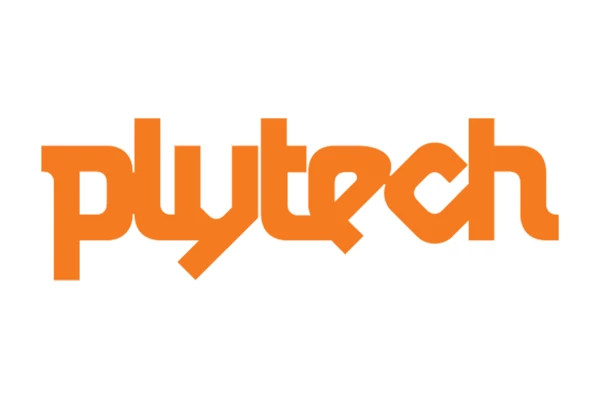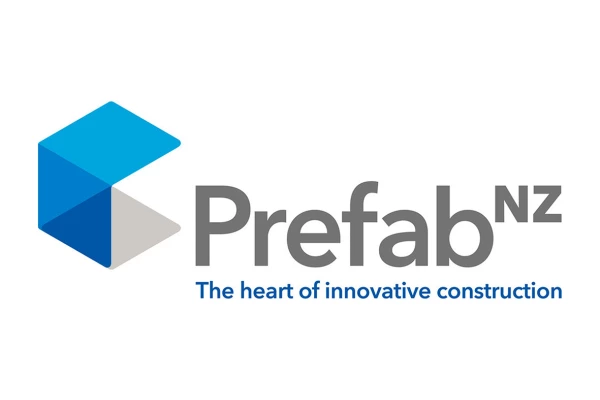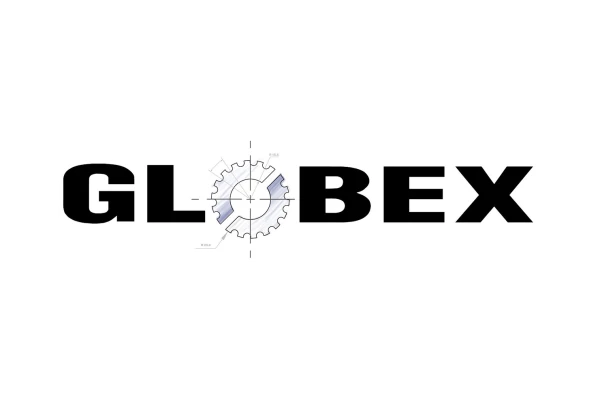Development Support
XFrame has been generously supported by organisations across Australia and New Zealand. We thank those who believe in innovation, research and a more sustainable built environment.
We also thank those individuals who have given their time in support of the development of the XFrame technology. Guy Marriage, Dr Antony Pelosi, Dr Morten Gjerde, Nick Forbes, Mitchel Holden, Brandon Wang, Bryan Loh, Graham Crawley, Phil Nelson, Arthur Mahon, Geoff Thomas, Andrew Charleson, Jae Warrender, Carl Lawson.
Pamela Bell, Kerry Finch, Daniel Gudsell, Craig Shannon, Richard Beaumont, Hamish Findlay, Ash Holwell, Warwick Bell, Des Smith, DK, Josh Crosby-Mangels, Christine Ling and Hamish Morgan.
